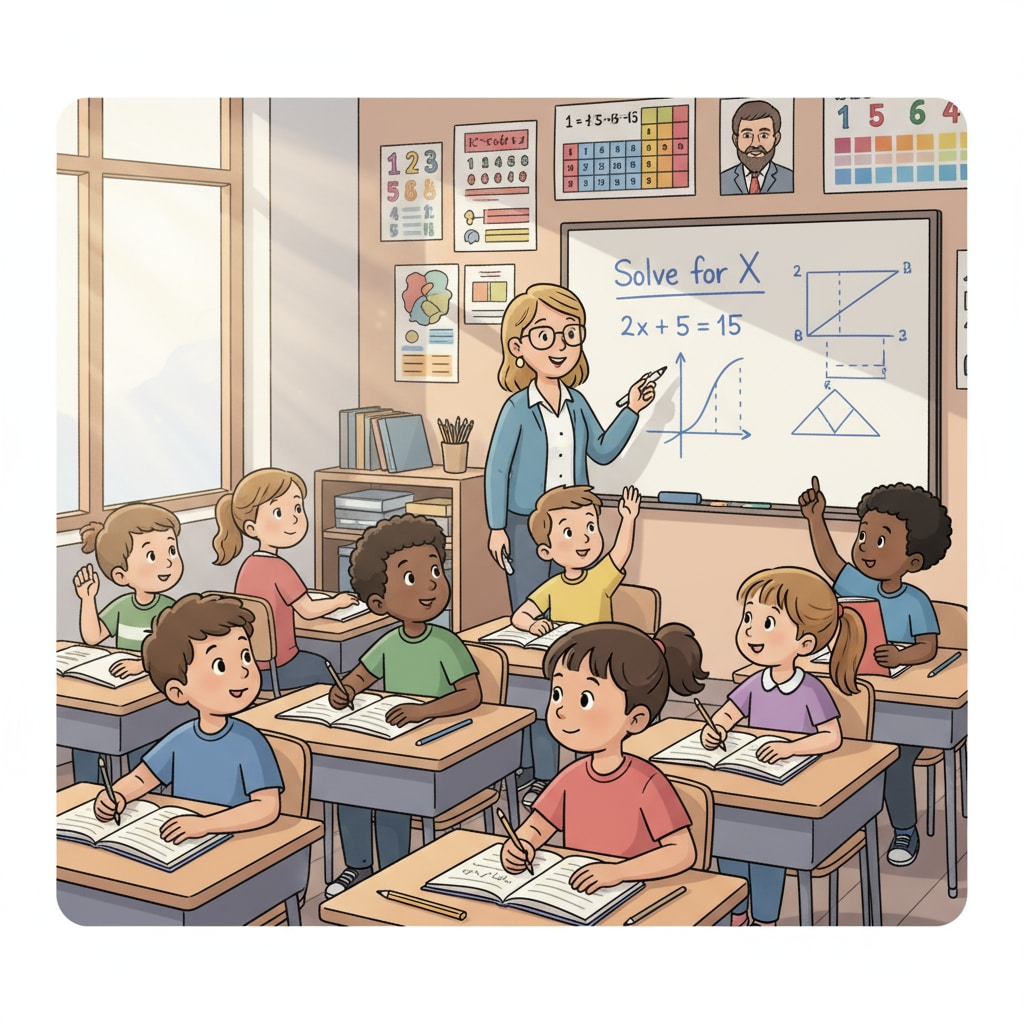Math teachers, career planning, and education choices are crucial aspects for math majors considering a career in teaching. For those passionate about mathematics and eager to impart their knowledge, becoming a math teacher can be a fulfilling path.

As you embark on this journey, understanding the various steps and options available is essential.
Choosing the Right Educational Level
One of the first decisions math majors need to make is the educational level they want to teach at. There are different opportunities in elementary, middle, and high schools, as well as at the college or university level. Each level has its own requirements and teaching styles. For example, teaching at the elementary level often involves making math fun and accessible to young students. According to the National Education Association, elementary math teachers need to use creative methods to introduce basic mathematical concepts. Middle school math teaching requires building on those basics and preparing students for more complex math in high school. High school math teachers, on the other hand, focus on in-depth instruction and preparing students for college or the workforce. At the college or university level, teaching is often combined with research responsibilities.

Academic Preparation
In addition to a strong foundation in mathematics, obtaining the appropriate teaching credentials is vital. Most states in the US require teachers to have a bachelor’s degree at a minimum. Many math majors choose to pursue a double major in mathematics and education. This allows them to gain both the mathematical knowledge and the teaching skills necessary for the classroom. Some may also consider getting a master’s degree in education or a related field. A master’s degree can not only enhance your knowledge but also open up more job opportunities and potentially higher salaries. As stated on Teach.org, having advanced degrees can make you a more competitive candidate in the job market.
Another important aspect of academic preparation is student teaching. This hands-on experience in a real classroom setting is invaluable. It gives you a chance to apply what you’ve learned in theory and learn from experienced teachers. During student teaching, you’ll work closely with a mentor teacher, observe classes, and gradually take on more teaching responsibilities.
Readability guidance: In this section, we’ve used short paragraphs to present key points about educational level and academic preparation. We’ve also provided relevant external links for further information. Transition words like ‘for example’ and ‘in addition’ have been used to make the text flow smoothly.


